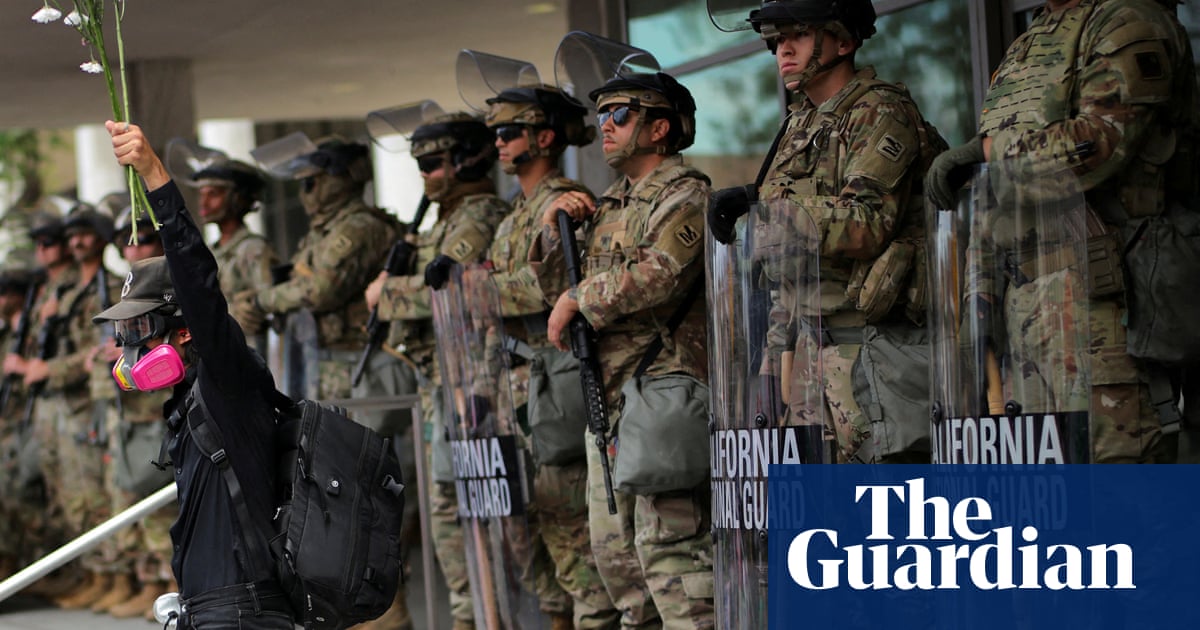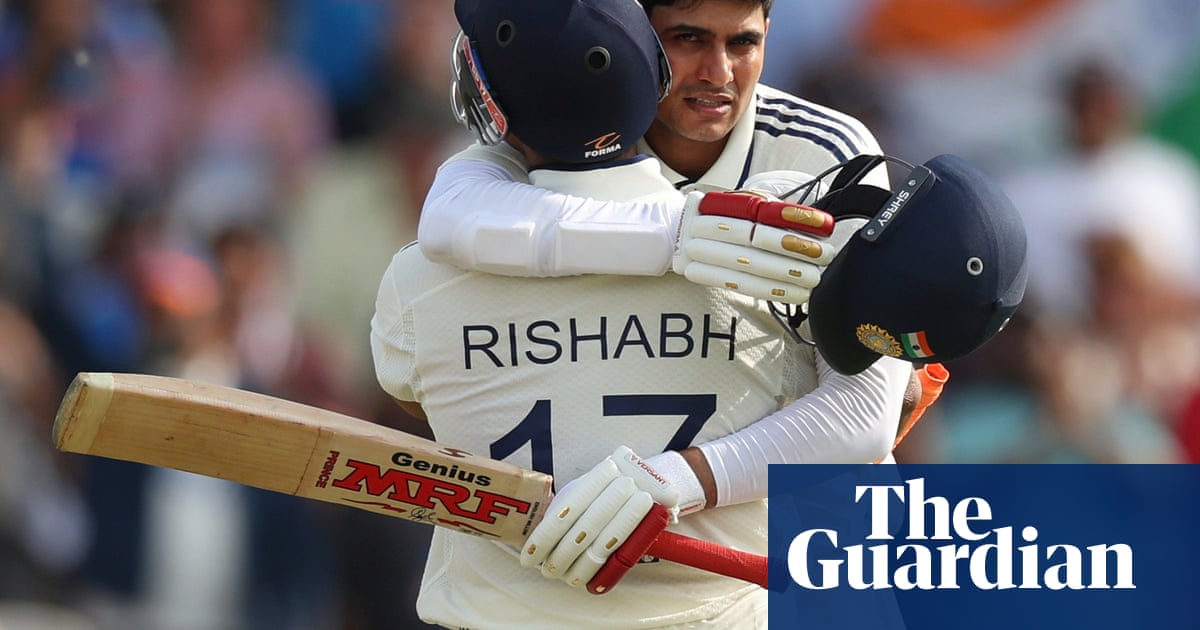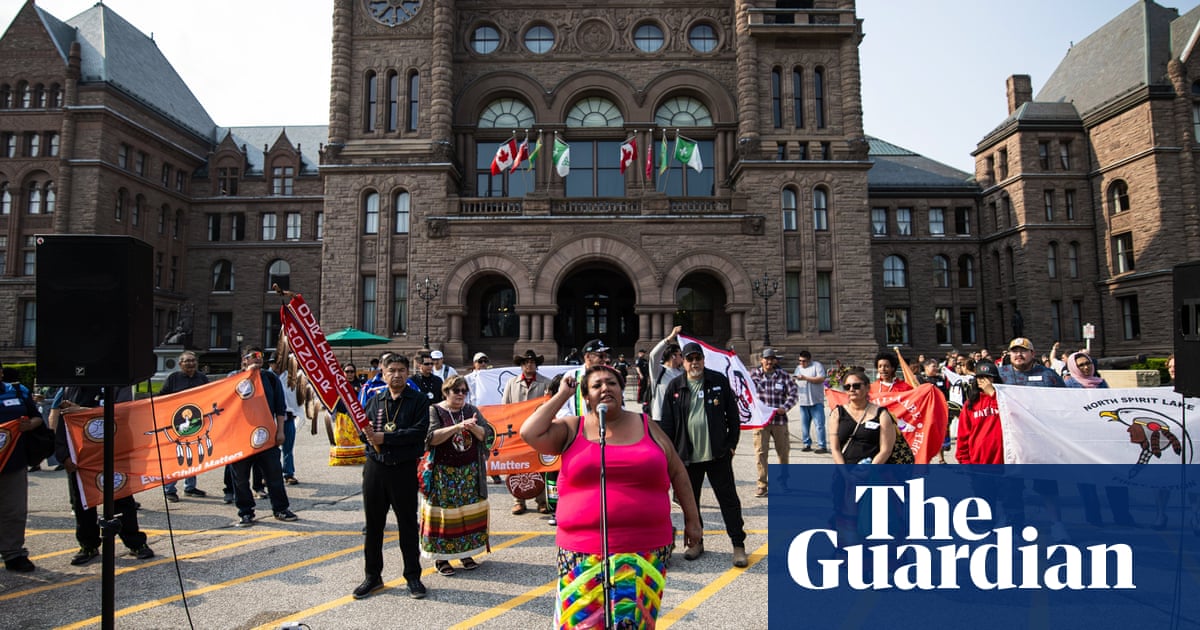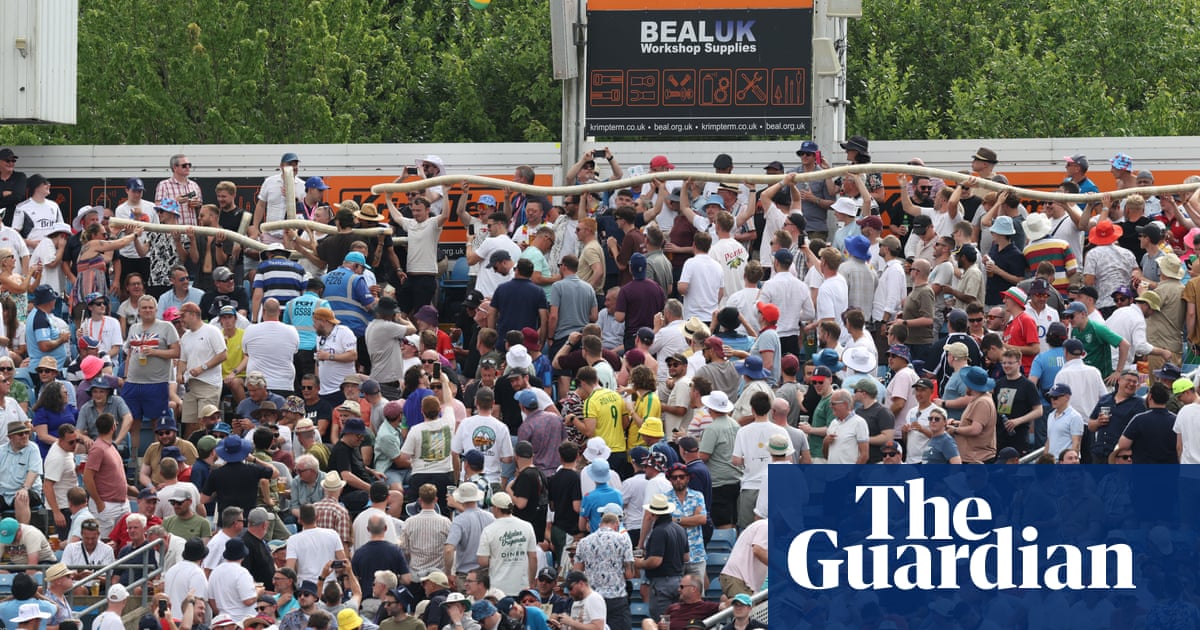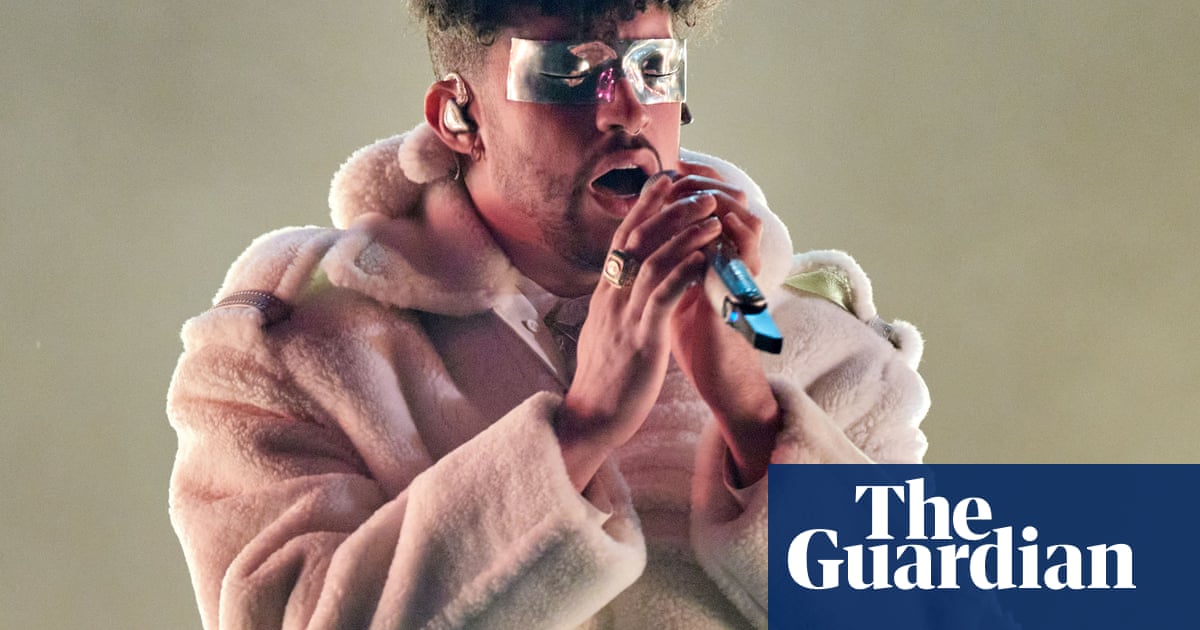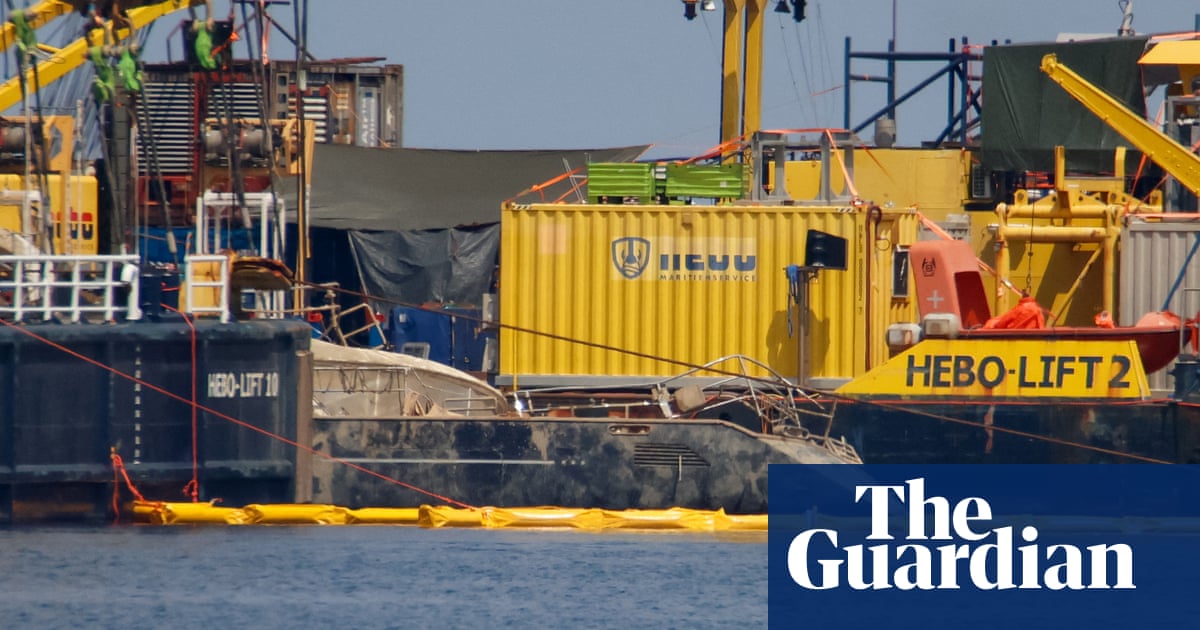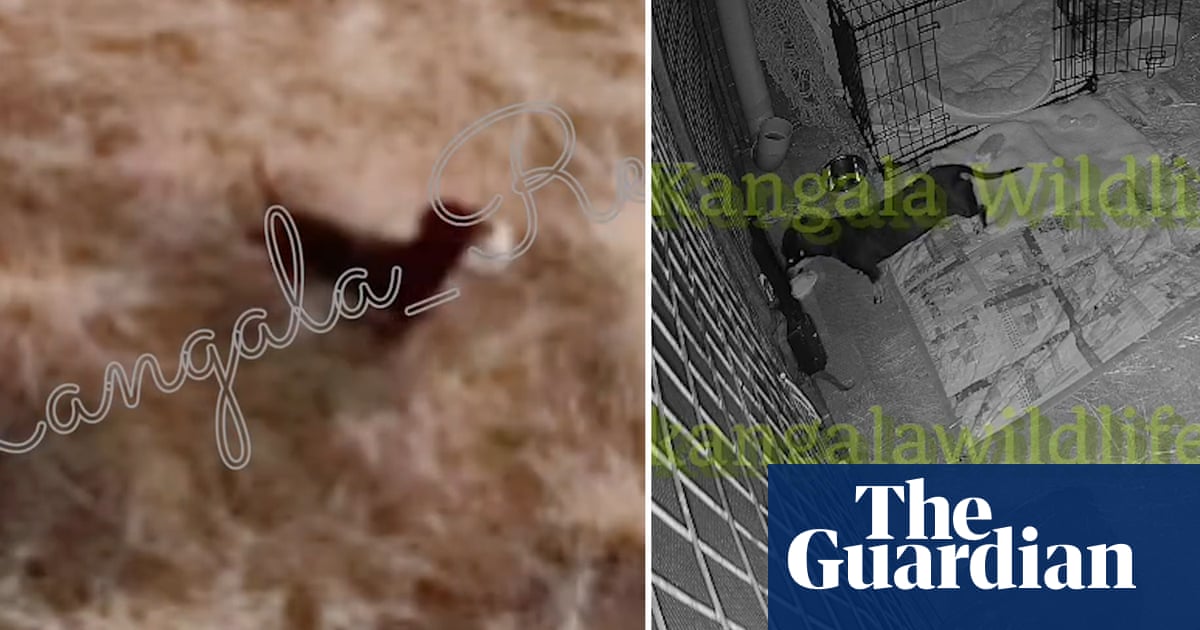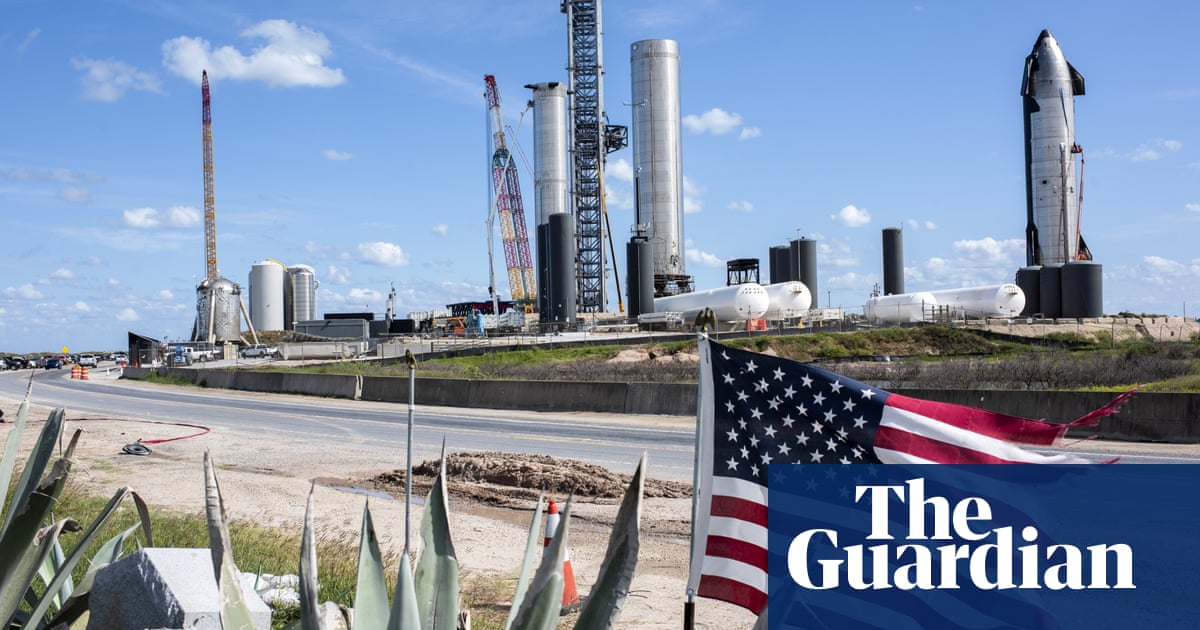It’s an overcast Thursday morning, and photographer Simon Wheatley is doing a soft-shoe shuffle through Roman Road in Bow, east London, as a market stall blares out exquisite 70s funk. “That’s more like it,” he says, with a grin on his face. “A bit of energy.” This was once grime’s artery, its chaotic central hub, even its muse – a street Wiley once told me was “the nurturer” of local talents like him and Dizzee Rascal. And it was here, in the 2000s, that Wheatley would create a vivid and intimate document of grime in its frenzied flush of youth, and of working-class neighbourhoods like this before they became considerably more sedate. Fourteen years after the release of Don’t Call Me Urban, Wheatley’s long-sold-out photo-book from that era – once described by Vice as “grime’s Old Testament” – it is finally getting a rerelease, at almost double its original size.
I have arranged to meet Wheatley outside the bougie Roman Road coffee shop that was once legendary grime record shop Rhythm Division. This leads to some confusion – there are simply too many bougie coffee shops in succession. “Back in the day it was absolutely thronging with people,” Wheatley recalls. “You’d turn a corner and down a sidestreet there’d be six guys doing an impromptu cipher [a freestyle MC-ing performance] – everywhere there were youths hanging out, wheeling around on their bikes, spitting over some tinny beat playing off a Nokia. This was the heartbeat of grime.”
Wheatley became grime’s documentarian simply by walking out of his front door in Limehouse when he was “just a broke photographer” in his 20s, and daring to take an interest in his young neighbours. He did so at a time when the media and MPs were condemning the same kids as delinquent “hoodies” or “chavs” – as if they were somehow morally culpable for the social problems they were enduring. Photographing rising underground artists for Black music magazine RWD gave Wheatley his “hood pass”, with now-famous images such as Roll Deep’s “ice-cream van” shoot, Skepta in a chip shop, Crazy Titch and his terrifying dog, Dizzee in the studio, Kano dressed as Scarface, or Tinchy Stryder and his crew Ruff Sqwad when they were still in school.

Those shoots opened the door – although some suspected he was an undercover cop when he first showed up. “I remember [Roll Deep’s] DJ Target invited me to the When I’m ‘Ere video shoot, and I saw this gaggle of youngsters hanging about, looking at me suspiciously. I realised that there was a whole world to uncover, with their lives.”
Over time, he won the trust of his subjects. It helped, he thinks, that he is a “a bit of an odd case, a bit of a weirdo” – an outsider among outsiders. Wheatley insinuated himself into the pirate radio studios and youth clubs that provided the DIY launchpads for so much talent. He shot not just microphone clashes and radio sessions but fights, drug deals, hectic street-corner tableaux and intimate domestic moments; teenagers watching TV, daydreaming, having breakfast, rolling spliffs, writing out lyrics longhand, doing each other’s hair.
“For me, the texture of grime is there in the real world,” Wheatley says. “It’s there on the estate, or in the radio stations at 2 o’clock in the morning, where some deeply underground crew would have a slot – the bin bag in the corner overflowing with fast food boxes and drink cans, Rizla packets and rave flyers scattered everywhere.” Don’t Call Me Urban is a social document of youthful energy, boredom, angst and joy, as much as it captures a generation of musicians on their way to fame and fortune.
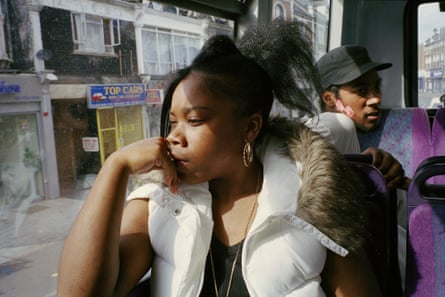
“I always felt that grime was a reflection of that post-Thatcherite social breakdown,” Wheatley continues. “It was that very coarse expression of a kind of individualism.” The paradox is that it was also “very much about the community”, about mates looking out for each other when nobody else would. He is defensive of the bright, creative young people who went on to change the face of UK music, some of whom have become his close friends; I have been with Wheatley while he buys nourishing groceries for a hungover Hak Baker, the charismatic singer-songwriter Wheatley was shooting in 2006, when he was a 14-year-old MC called Swift Leng.
“Now artists like Stormzy are superstars, people forget that the first wave were treated as an underclass,” Wheatley says. “Grime now is just regarded as a musical genre, rather than a sociological phenomenon. But it was both of those things: an incredible sound, but also this angst-ridden reflection of youth culture on the streets. That’s what gripped me, and that’s what I really went hard after, chasing.”
At times, this chase would lead him into sketchy situations, with people pulling out long blades at pirate stations (also caught on camera), and the police rarely far away. One night, he found himself in the middle of an empty field by the Docklands Light Railway, shooting a pre-arranged fight – football hooligan style – between boys from the E3 and E14 postcodes. Some of them weren’t wildly impressed when his flash went off.

“That was very early on in my grime experience. Naivete has always been my greatest shield,” he laughs. “I didn’t really know what I was doing half the time, or where I was going. Crazy Titch said recently: ‘Simon was so brave.’ I wasn’t brave; I just didn’t know!” Wheatley’s mentor was Philip Jones Griffiths, the late war photojournalist, and as a photojournalist himself, Wheatley has taken deliberate risks – going through military roadblocks in Chiapas, Mexico, disguised as a peasant while on the trail of the Zapatistas in the late 1990s, or plunging into the Paris banlieues during the 2005 riots.
He is a physically dynamic photographer, well-suited to capturing the restless, fidgety energy of teenagers. “I was a sports fanatic as a teenager,” he says, demonstrating some capoeira moves, “and photography replaced sport for me as a passion. I can’t really teach photography, but I can teach martial arts: I teach a combination of capoeira Angola mixed with yogic breathing and tai chi. I also fast before I shoot, just for a few hours, so my senses are sharper.”

First published in 2011, Don’t Call Me Urban was quickly out of print and in demand, its price soaring on resale sites as the genre exploded into the mainstream. “It became almost like a relic that was appreciated by the connoisseurs of the culture, and it became this cult book,” he says – both as a rare visual document of Black British music heritage, and a source of creative inspiration. One of those connoisseur-fans is Clint Ogbenna (known as Clint 419), founder of streetwear clothes brand Corteiz, who turned one of Wheatley’s famous shots of Crazy Titch into a jacket, and gave Wheatley the push and financial support to finally rerelease the book.
As well as providing a unique document of grime in its heyday, Wheatley’s work is a valuable visual record of every day life in east London, before the 2012 Olympics arrived and changed it beyond recognition. He is keen to avoid fetishising the pre-gentrification city: “Who’s to say all those changes are bad?” he asks. “I’m sure some people are happy their flats have been refurbished. But artistically, texturally, there was something very gripping about a run-down block in a state of disrepair – it almost felt as if it was abandoned to the youth, to make their playground of hope, frustration and despair. There was much more atmosphere – nowadays everything is a bit cleaner.”

 5 hours ago
4
5 hours ago
4
